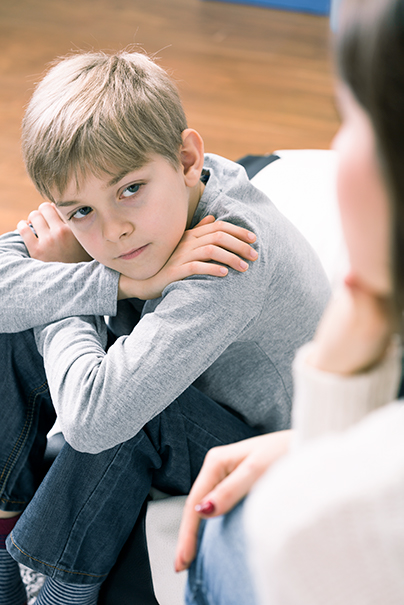
What Is Child Abuse & Neglect
Child abuse in Pennsylvania is defined as when an individual acts or fails to prevent something that causes harm or a high likelihood of harm to a child under the age of 18. This harm can take many forms, such as bodily injury, serious mental injury, or sexual abuse or exploitation. Pennsylvania’s definition of child abuse was amended within the Child Protective Services Law (CPSL) the end of 2014. This expanded definition of child abuse went into effect December 31, 2014 and lowered the threshold of what is considered child abuse under the CPSL.
Defining Child Abuse
The definition of child abuse was amended to require that acts or failures to act be committed by intentionally, knowingly, or recklessly doing one of these categories of abuse:
- Causing bodily injury through any recent act or failure to act;
- Fabricating, feigning or intentionally exaggerating or inducing a medical symptom or disease which results in a potentially harmful medical evaluation or treatment to the child through any recent act;
- Causing or substantially contributing to serious mental injury to a child through any act or failure to act or a series of such acts or failures to act;
- Causing sexual abuse or exploitation of a child through any act or failure to act;


- Creating a reasonable likelihood of bodily injury to a child through any recent act or failure to act;
- Creating a likelihood of sexual abuse or exploitation of a child through any recent act or failure to act;
- Causing serious physical neglect of a child;
- Engaging in any of the following recent acts:
- Kicking, biting throwing, burning, stabbing or cutting a child in a manner that endangers the child;
- Unreasonably restraining or confining a child, based on consideration of the method, location or the duration of the restraint or confinement;
- Forcefully shaking a child under one year of age;
- Forcefully slapping or otherwise striking a child under one year of age;
- Interfering with the breathing of a child;
- Causing a child to be present at the location where an operation of a methamphetamine laboratory is occurring, if being investigated by law enforcement;
- Leaving a child unsupervised with an individual, other than the child’s parent, who the actor knows or reasonably should have known
- Is required to register as a Tier II or Tier III sexual offender, where the victim of the sexual offense was under 18 years of age when the crime was committed
- Has been determined to be a sexually violent predator or any of its predecessors
- Has been determined to be a sexually violent delinquent child
- Causing the death of the child through any act or failure to act;
- Engaging the child in a severe form of trafficking in persons or sex trafficking, as those terms are defined under section 102 of the Trafficking Victims Protection Act of 2000.
Find the Child Protective Services Law (CPSL) in its entirety here: CPSL